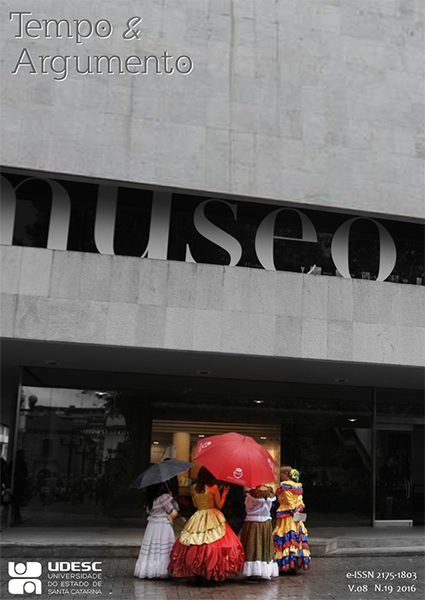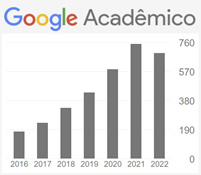Carandiru: the uses of a massacre’s memory
Resumen
The Carandiru massacre, which took place in 1992, is
characterized as a symbolic landmark in the history
of the Brazilian penal system. The recollection of
this past talks to issues like the dimension of what
happened, impunity, the attempt to erase and
shape memory, and the institution of massacre as a
metaphor for new tragedies. In this process, we can
observe the construction of two possible pasts: one
undertaken by the State, establishing an official
memory, and the other linked to various segments
of organized civil society. I analyze the uses of this
memory and its recollection strategies, and these
categories are understood through the history of
the present time and the public history.
Keywords: Carandiru; Memory; Public History;
History of the Present Time.





